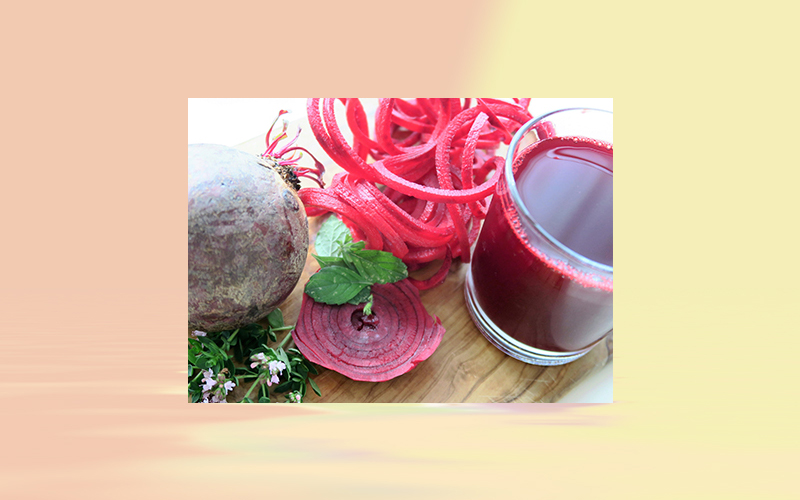Rediscovered: Beetroot – power root brings colour to the superfoods
Manufacturers are increasingly turning to beetroot – creative product ideas The beetroot has a long history. And this long-established root vegetable is more important than ever, because with its vitamin and nutrient content it packs a powerful nutritional punch

Manufacturers are increasingly turning to beetroot – creative product ideas
The beetroot has a long history. And this long-established root vegetable is more important than ever, because with its vitamin and nutrient content it packs a powerful nutritional punch. It joins the ranks of the superfoods, its luscious purple bringing a splash of colour to the party. Food and beverage manufacturers have rediscovered beets, and are bringing out a host of beetroot products.
The wild form of the beetroot has its origins in North Africa and the steppe regions of central and northern Asia. The Romans brought it to the Mediterranean area – evidence of beetroot has been found in excavations of Roman settlements. The beetroot was mentioned by name for the first time in the Middle Ages. It existed in a variety of shapes and colours. Today’s typical red colour, which is due to the high content of betaine, a secondary plant pigment, was first grown in the 19th century. Betaine helps reduce homocysteine levels in the blood; excessive homocysteine levels are a risk factor for cardiovascular disease, hypertension and arteriosclerosis. Betaine also helps increase serotonin levels, thought to be responsible for mood. So in a way, the beetroot helps keep us in good spirits. It is also rich in antioxidants, minerals and trace elements, vitamins B and C, folic acid and iron, calcium, iodine, potassium, magnesium, sodium, and phosphorous. These substances stimulate liver function, strengthen the gall bladder, play an important part in blood formation and help relieve hypertension.
Julia Trebels, Global Product Manager at SIG Combibloc: “Consumers – especially the mobile, quality-conscious millennials, who are pro-sustainability and critical of excessive consumption – are much more strongly focused on health aspects than previous generations have been. That includes their choice of foods and beverages. ‘Superfoods’ containing a host of nutrients, active substances or essential minerals such as antioxidants are no longer on the periphery – they’ve become firmly established in the lives of many millennials. So food and beverage manufacturers have now added these foods to their product ranges. Foods such as acai, acerola, aronia, goji berries, noni, mangosteen and cranberries, or avocados and pomegranate, previously exotic options as product ingredients, are now found in many recipes. There’s also a whole range of other foods that, because of their healthy qualities, can easily compete with the established superfoods – the beetroot is a perfect example”.
Protected from light and oxygen
Beetroot juice is sensitive to light. So in packaging such as beverage cartons, which protect the product from light and oxygen, it is in the right place. Packaged in carton packs, foods and beverages are protected over an extended period even without refrigeration or preservatives, and suffer no alteration in flavour or appearance. Flavours, colours and nutrients, and the vitamins in the beverages, are retained. In its pure form or combined with other fruit or vegetable juices, beetroot juice can be filled using the standard SIG Combibloc filling machines for beverages. And as an ingredient in sauces, soups or tomato products, beetroot is a delicious enhancement, as well.









